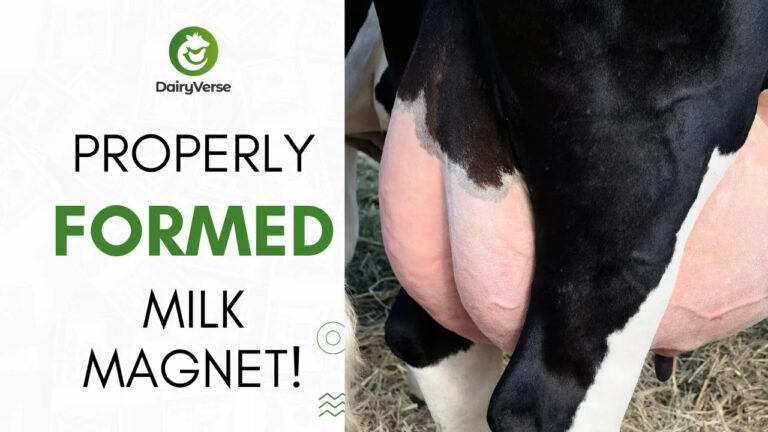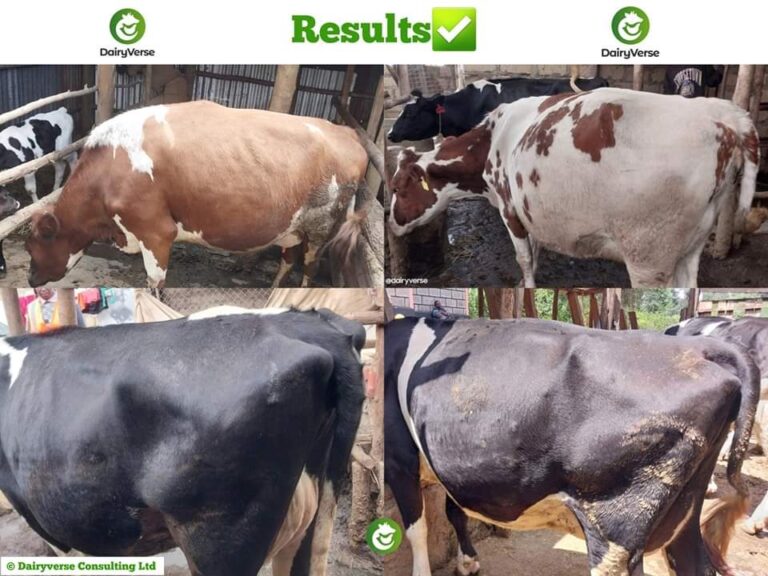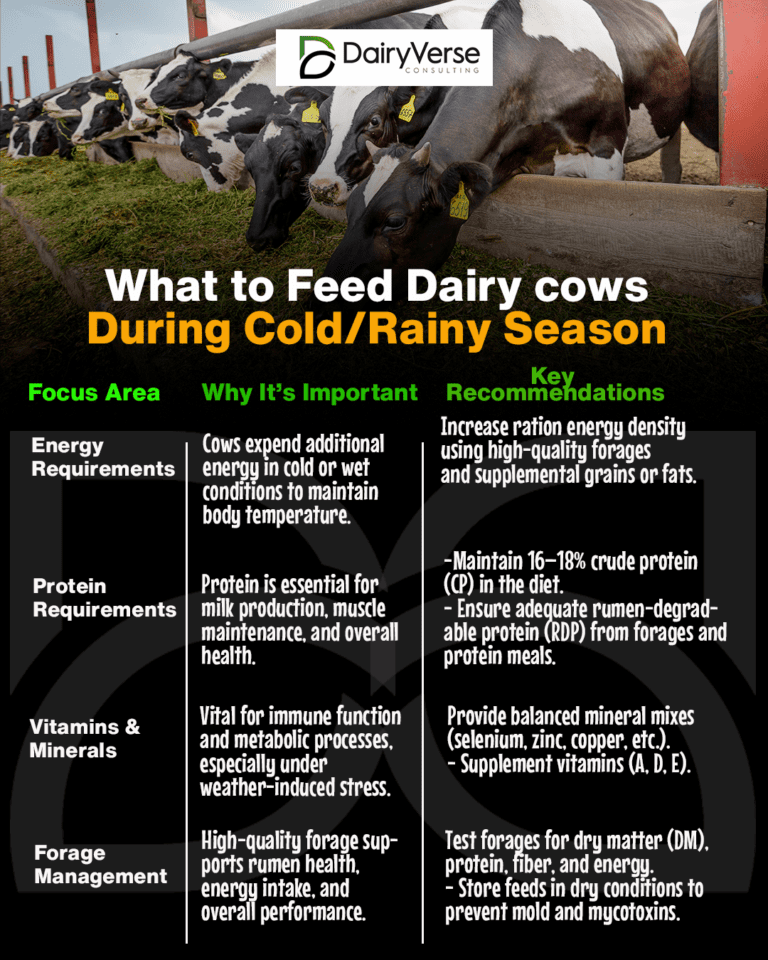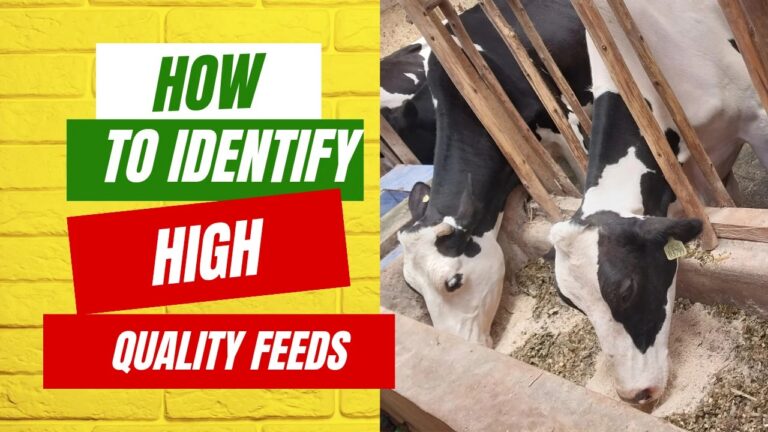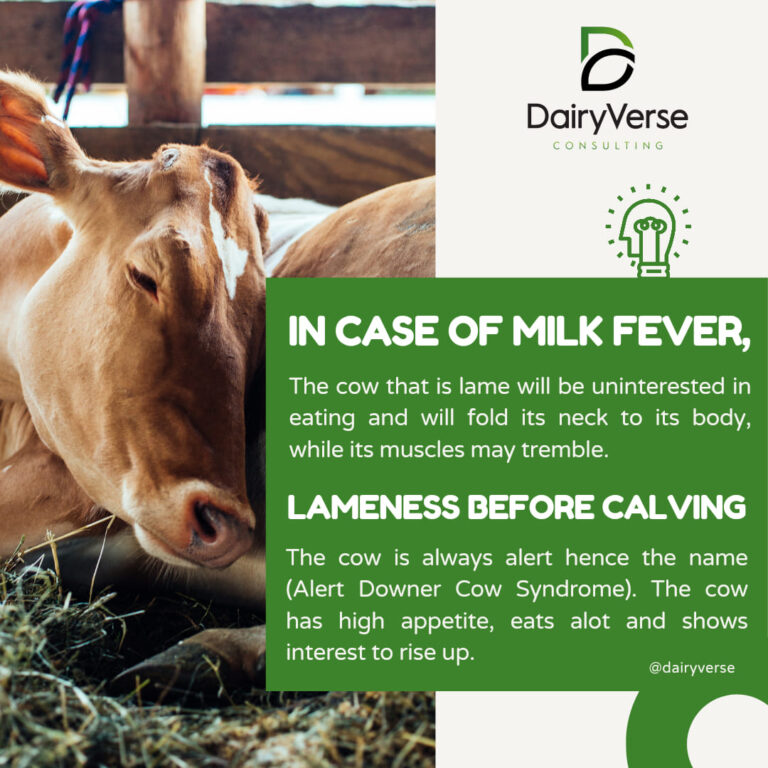The High-Calcium Dilemma in Dry Cows: Understanding the Risks and Best Practices
When dairy cows approach the end of pregnancy (the “dry period”), their nutritional needs shift drastically. One management challenge commonly faced by farmers is preventing milk fever (clinical hypocalcemia)—a condition caused by low blood calcium levels around calving. At first glance, it may seem logical to supplement dry cows with extra calcium to “top off” their reserves and reduce the risk of milk fever. However, high-calcium diets during the dry period can actually increase the likelihood of milk fever after calving. Below is a closer look at this nuanced issue, along with recommended strategies to keep your cows healthy.
1. What Is Milk Fever (Hypocalcemia)?
Milk fever—also known as parturient paresis—occurs when a cow’s blood calcium level drops significantly, typically shortly after calving.
- Why it matters: Calcium is essential for muscle contractions, nerve signaling, and numerous metabolic processes. When calcium levels drop too low, cows may become weak, lose appetite, struggle to stand, and in severe cases, can die if untreated.
- Key trigger period: Most milk fever cases occur within 24–72 hours of giving birth, as the cow suddenly demands large amounts of calcium for colostrum (the first milk produced after calving).
2. Why ‘More Calcium’ During the Dry Period Can Be Harmful
2.1. The Cow’s Natural Regulatory Mechanisms
Cows rely on precise hormonal controls to maintain stable blood calcium levels. Two key hormones are:
- Parathyroid Hormone (PTH): Stimulates the release of calcium from bone, increases calcium reabsorption in the kidney, and helps activate Vitamin D.
- Calcitonin: Reduces blood calcium levels when they are too high, driving calcium back into the bones or out through the kidneys.
When a cow is fed excessive calcium in the late dry period, her body senses high blood calcium and reduces its own production of PTH. Consequently, the cow’s system downshifts its ability to quickly mobilize calcium from bone or absorb calcium from the gut. Then, once she freshens (starts lactation) and suddenly needs a huge influx of calcium for milk production, her body cannot ramp up PTH and vitamin D activation fast enough—leading to milk fever.
2.2. The ‘High-Calcium’ Trap
A high-calcium diet before calving effectively ‘relaxes’ the cow’s calcium regulatory system. When the demand spikes (right after calving), her response is slower, and blood calcium levels plummet. This is why the statement, “If you want your cow down with milk fever, feed her high calcium during the dry period,” rings with a certain dark irony.
3. Signs of Milk Fever
- Stage I (Mild)
- Restlessness or nervous behavior
- Mild tremors
- Reduced appetite
- Stage II (Moderate)
- Cow is weak, struggles to stand
- Noticeable muscle tremors
- Cool extremities (ears, muzzle)
- Slower heart rate
- Stage III (Severe)
- Cow is lying on her side and cannot rise
- Almost complete muscle paralysis
- If untreated, can be fatal
Because milk fever can progress quickly from mild signs to severe stages, early detection and intervention are critical.
4. Preventing Milk Fever: Key Nutrition Strategies
4.1. Low Calcium Pre-Calving Diet
- Target: 20–30 g of calcium per day during the far-off and close-up dry period.
- Mechanism: Keeping dietary calcium low encourages the cow’s body to stay alert and maintain robust PTH release and bone mobilization pathways.
- Practical approach: Limit or avoid high-calcium forages (e.g., alfalfa hay) or supplement them sparingly alongside lower-calcium feeds (e.g., grass hay, corn silage).
4.2. DCAD (Dietary Cation-Anion Difference) Management
- What is DCAD? The balance between positively charged (cations: sodium and potassium) and negatively charged (anions: chlorine and sulfur) minerals in the diet.
- Why it matters: A negative DCAD diet (with more anions) mildly acidifies the cow’s blood, optimizing PTH function and calcium mobilization. This approach is often referred to as feeding anionic salts (e.g., magnesium sulfate or ammonium chloride).
- Practically: Farmers measure urine pH in the close-up group; ideally, the pH should be in the 6.0–7.0 range (depending on the guidelines used).
4.3. Post-Calving Calcium Support
- Oral Calcium Boluses: Administering calcium boluses immediately after calving and again 12 hours later can help cows meet their sudden increased calcium demand.
- IV Calcium for Clinical Cases: If milk fever develops, intravenous calcium gluconate under veterinary guidance can be lifesaving.
4.4. General Management
- Ensure balanced mineral intake (magnesium, phosphorus, etc.) to support calcium homeostasis.
- Provide a clean, stress-free environment; stress can contribute to metabolic disorders.
- Work with a nutritionist or veterinarian to tailor the dry-cow diet to your herd’s specific conditions.
5. When Might Extra Calcium Be Appropriate?
In rare scenarios—for instance, if a forage source is known to be extremely deficient in calcium or a cow has a clinical deficiency—carefully monitored supplementation may be considered. However, this is typically done under close supervision with appropriate testing (forage analysis, blood tests). Blanket high-calcium supplementation is generally discouraged unless specific evidence supports it.
6. Key Takeaways
- Preventing milk fever is a balance between ensuring cows have enough calcium after calving and not ‘over-supplying’ calcium during the dry period.
- Excessive calcium pre-calving can suppress a cow’s natural calcium regulatory system, ironically increasing her risk of milk fever.
- Lower-calcium or carefully managed DCAD diets are the cornerstone of hypocalcemia prevention in late-gestation cows.
- Monitoring and timely intervention—such as checking urine pH, providing post-calving oral calcium boluses, and being vigilant for the early signs of milk fever—are essential to maintaining a healthy, productive herd.
Final Word
While it may seem counterintuitive, cutting back on dietary calcium and maintaining correct mineral balances during the dry period can greatly reduce the incidence of milk fever. Proper feeding and close monitoring not only safeguard the health and productivity of your cows but also offer peace of mind in your farming operation. If you have questions about formulating rations for your dry cows, consult with a qualified ruminant nutritionist or veterinarian who can help you balance the diet to minimize metabolic issues and set your herd up for a successful lactation.



